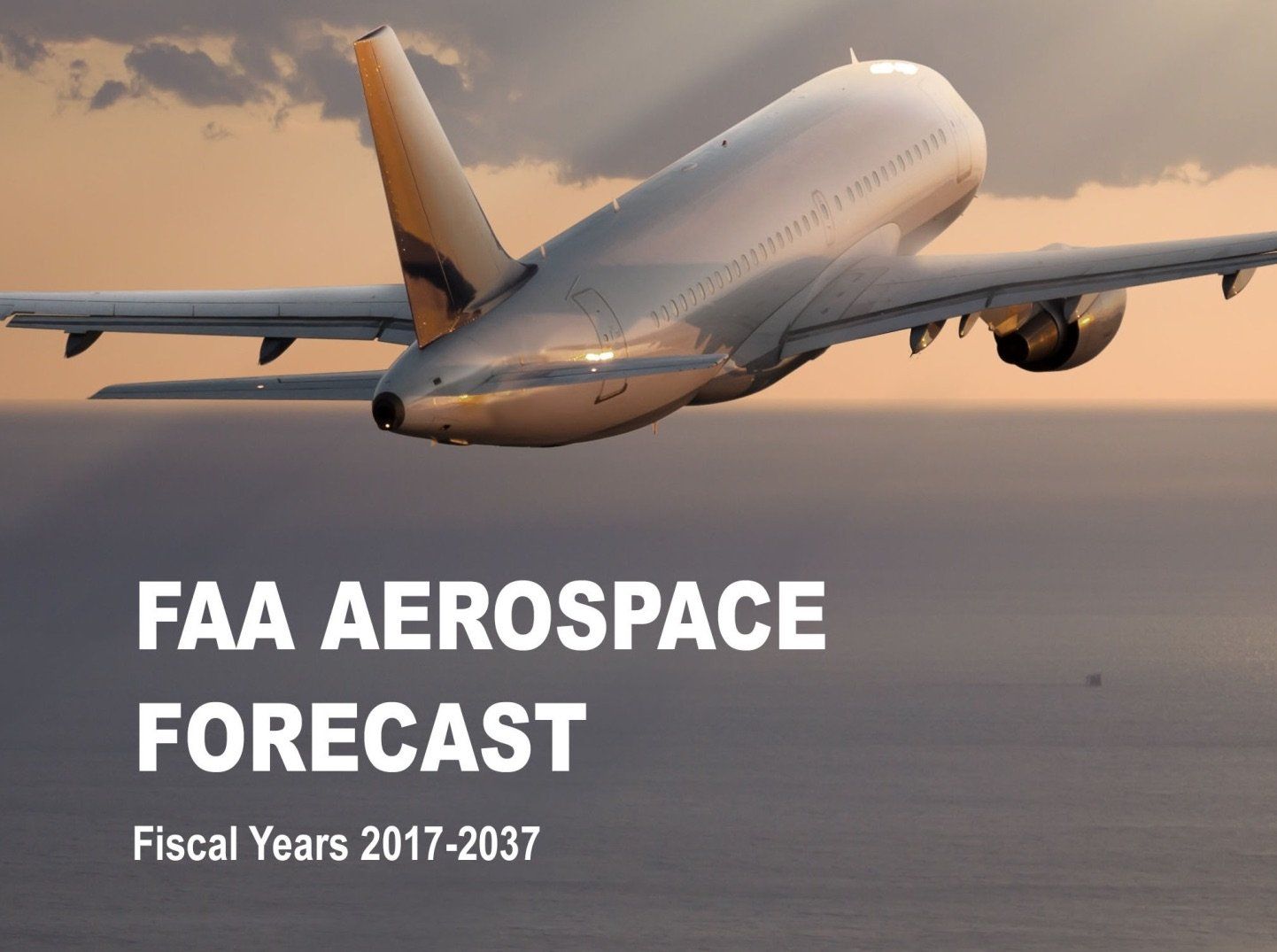
Piston-single fleet size and hours flown are expected to decrease roughly 0.8% annually over the next 20 years, says the FAA in its annual Aerospace Forecast. The Aerospace Forecast predicts that general aviation hours flown for all aircraft types will grow slowly, possibly eclipsing 2007 levels by the end of the next decade, with the overwhelming majority of that growth in the fixed-wing turbine sector. Rotorcraft, LSA and experimental usage are forecast to grow modestly over that time period. The FAA report predicts that declines in the number of private pilots will be comparable to declines in the piston-single fleet—shrinkage of 0.7% annually—which would be a marked improvement from the 3.6% decline seen annually since 2010.
On the commercial side, the Aerospace Forecast predicts total revenue passenger mileage of domestic airlines will grow at 2% annually, though the number of pilots holding ATP certificates is expected to grow at a more modest 0.5% as air carriers migrate to larger aircraft.
The FAA says its annual Aerospace Forecast is “consistently considered the industry-wide standard of U.S. aviation-related activities.” Readers are warned that the report’s predictions are acutely dependent on assumptions about the U.S. GDP, and the “baseline forecast assumes that the economy experiences a pickup in growth over the next few years as a result of tax cuts and higher infrastructure spending.” Previous FAA Aerospace Reports averaged a 10.6% error in U.S. GDP when forecasting five years into the future, which corresponded with an average 12.0% error in passenger enplanements and a 17.7% error in IFR traffic volume relative to their five-year projections.


































